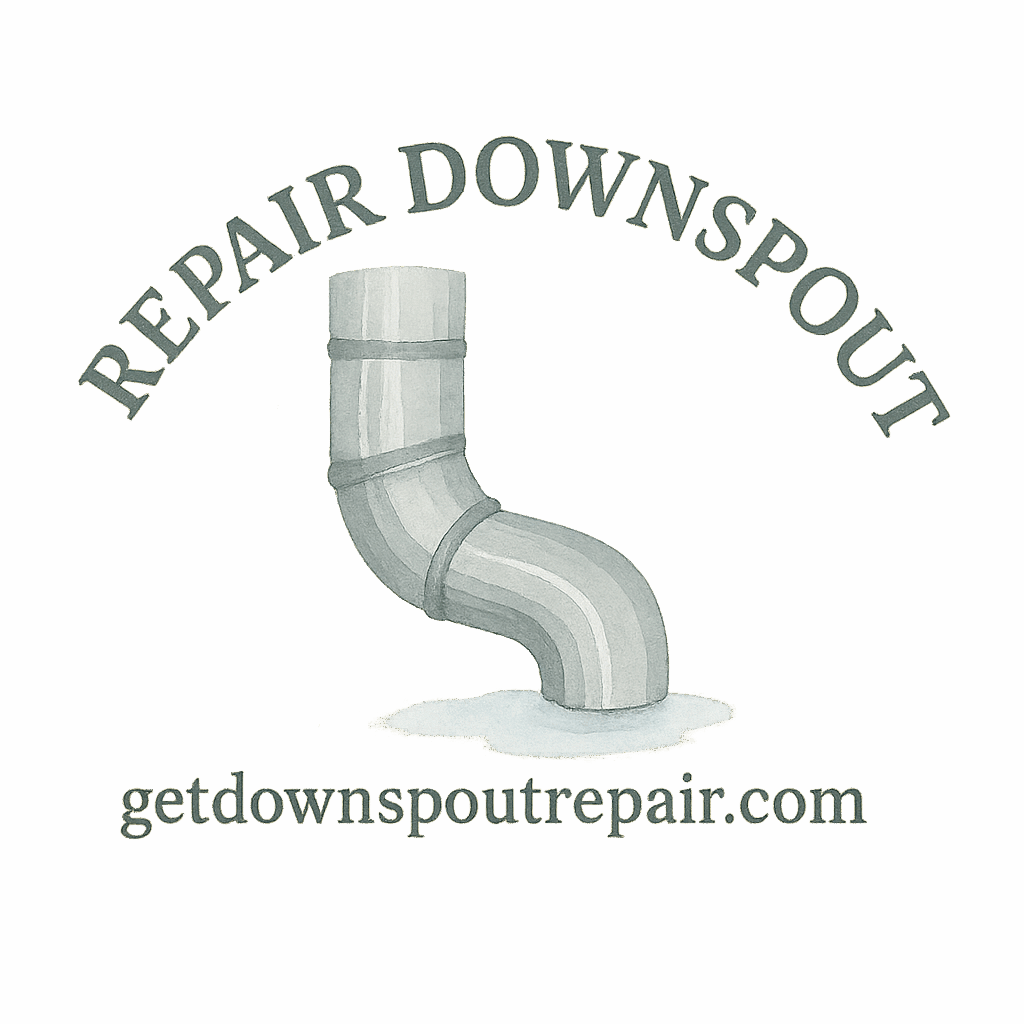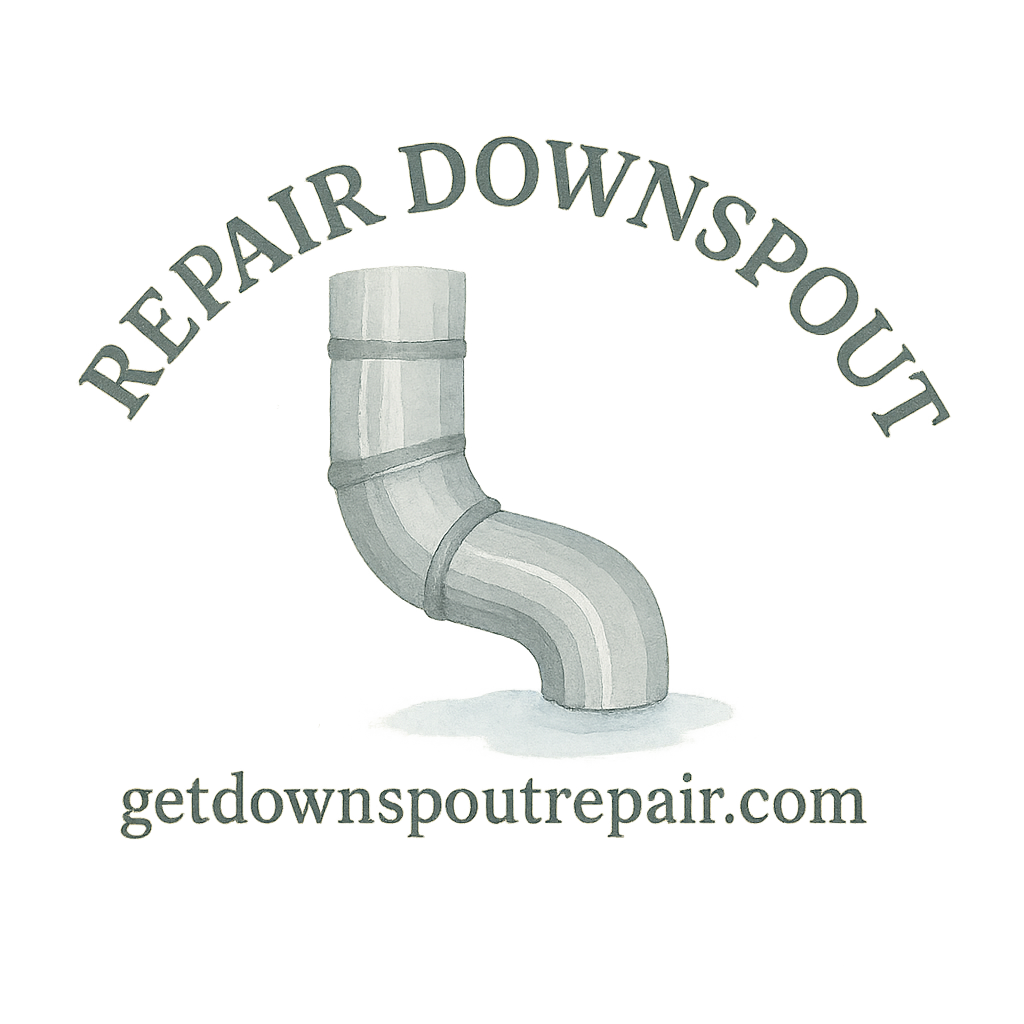Introduction: Why Downspout Repair Matters in Dry Weather
Have you ever looked at your gutters and thought, “I’ll fix that later when it rains”? That’s a mistake many homeowners make. Believe it or not, dry weather is actually the perfect time to tackle downspout repair. Without the pressure of rain, you can spot damage, clean out clogs, and reinforce connections before water wreaks havoc on your home’s foundation.
In this article, we’ll dive deep into five practical DIY downspout repair ideas for dry weather conditions, explain why timing matters, and give you pro-level tips to make your efforts last.
Understanding the Role of Downspouts
Downspouts and Home Drainage
Downspouts are like veins in your home’s circulatory system. They direct rainwater away from your roof, gutters, and foundation. When they’re damaged or clogged, water pools around your home and can lead to erosion, leaks, or structural damage.
Common Downspout Problems in Dry Seasons
Even during dry spells, issues lurk beneath the surface. Some of the most common problems include:
- Loose or disconnected joints.
- Small cracks that grow into leaks.
- Rust or corrosion on metal downspouts.
- Clogs from leaves, twigs, and dirt.
Identifying these problems when it’s dry gives you time to fix them before the next storm.
Benefits of Repairing Downspouts During Dry Weather
Easier Access for Repairs
Dry conditions make repairs safer and simpler—no slippery ladders or rushing against a storm.
Preventing Costly Water Damage
A little effort now saves you from thousands in water damage repairs later. Don’t wait for flooding to happen before acting.
Extending the Life of Your Gutter System
Regular upkeep can extend the life of your gutters and downspouts by years, sparing your wallet from early replacement.
👉 For a deeper look at maintenance basics, check out Downspout Repair Basics.
Tools and Materials You’ll Need
Essential DIY Tools
Before you start, make sure you have:
- Screwdrivers and wrenches.
- A sturdy ladder.
- Drill and screws.
- Hacksaw for trimming extensions.
Budget-Friendly Options
If you’re on a budget, explore these cost-saving repair tips. Many simple fixes require only caulk and basic hand tools.
Premium Tools for Long-Term Results
Want professional-level results? Investing in premium repair tools like sealant guns and heavy-duty brackets can make repairs last much longer.
Recommended Repair Materials
Stock up on:
- Waterproof caulk or sealant.
- Brackets and straps.
- Flexible downspout extensions.
- Rust-resistant screws.
5 DIY Downspout Repair Ideas for Dry Weather
1. Sealing Leaks with Waterproof Caulk
Cracks and pinholes can quickly escalate into serious leaks. Apply a high-quality waterproof caulk to seal these weak spots. It’s like putting a bandage on a small cut before it turns into an infection.
👉 Learn more about sealing and other DIY fixes.
2. Reconnecting Loose Downspout Joints
Loose connections are one of the most common problems. Simply remove the old screws, realign the pieces, and reattach them with fresh screws. For added stability, use metal brackets.
3. Installing Flexible Extensions
Water pooling near your foundation? Add a flexible extension to redirect flow further away. These extensions are inexpensive and easy to install with just a hacksaw and some screws.
For long-term drainage safety, visit Drainage Protection.

4. Unclogging and Cleaning the Downspout
Dry weather is ideal for gutter cleaning. Remove leaves, dirt, and twigs using a plumber’s snake or a hose. Keeping your downspout clog-free ensures smooth water flow when the rains return.
Check out more tips on preventing clogs and gutter cleaning.
5. Securing Downspouts with Brackets and Straps
If your downspout rattles in the wind or pulls away from the wall, it’s time to reinforce it with brackets and straps. This not only stabilizes the system but also prevents long-term strain on joints.
Safety Tips for DIY Downspout Repairs
Working with Ladders Safely
- Always place your ladder on solid ground.
- Avoid leaning too far to one side.
- Have someone hold the ladder when possible.
Protective Gear and Precautions
Wear gloves, safety glasses, and long sleeves to protect against sharp metal edges.
When to Call a Professional
Signs You Need Expert Help
If you notice severe rust, major cracks, or recurring clogs, it might be time to call in the pros.
The Value of Hiring a Licensed Contractor
Hiring a licensed contractor ensures proper installation and long-lasting results.
👉 For pro-level solutions, visit Professional Help.
Cost Considerations for Downspout Repairs
Budget vs. Premium Approaches
DIY fixes can cost as little as $20, while premium repairs may run up to several hundred. It all depends on the severity of the issue and the quality of the materials.
For more details, explore costs and materials.
Cost-Saving DIY Tips
Check out these budget tips to save money without cutting corners.
Preventing Future Downspout Problems
Regular Maintenance Practices
Clean gutters at least twice a year.
Seasonal Inspections
Inspect before and after heavy rain seasons to catch problems early.
Investing in Quality Products
Quality products are worth the upfront investment. Find more insights on quality downspout products.
Common Mistakes to Avoid
Ignoring Minor Leaks
Tiny cracks today can mean water damage tomorrow.
Using the Wrong Materials
Don’t use indoor sealants or weak brackets outdoors—they’ll fail quickly.
Neglecting Gutter Cleaning
Clogged gutters can lead to overflow, foundation cracks, and even basement flooding.
Conclusion
Dry weather gives homeowners the perfect chance to tackle downspout repair before rain causes damage. By sealing leaks, reconnecting joints, adding extensions, cleaning clogs, and reinforcing with brackets, you can protect your home’s foundation and gutters for years to come.
The key is acting now instead of waiting for the storm. Whether you’re a DIY enthusiast or planning to hire a professional, these steps can save money, prevent damage, and extend your system’s lifespan.
For a complete beginner-friendly guide, visit Downspout Repair for Beginners.
FAQs
1. Can I repair downspouts myself, or should I always hire a pro?
Most minor repairs—like sealing leaks or reconnecting joints—can be done DIY. But for major issues, calling a pro is best.
2. What’s the cheapest DIY downspout repair method?
Sealing small cracks with waterproof caulk is the most affordable option.
3. How do I know if my downspout needs replacing instead of repairing?
If it’s heavily rusted, cracked beyond patching, or constantly clogging, replacement may be the only solution.
4. How often should I clean my downspouts?
At least twice a year, preferably in spring and fall.
5. Do flexible extensions really help with drainage?
Yes, they redirect water further away, protecting your foundation.
6. What happens if I ignore minor downspout problems?
You risk water pooling, foundation damage, and costly repairs.
7. Is dry weather really the best time for repairs?
Absolutely! It’s safer, more efficient, and prevents future storm-related damage.


